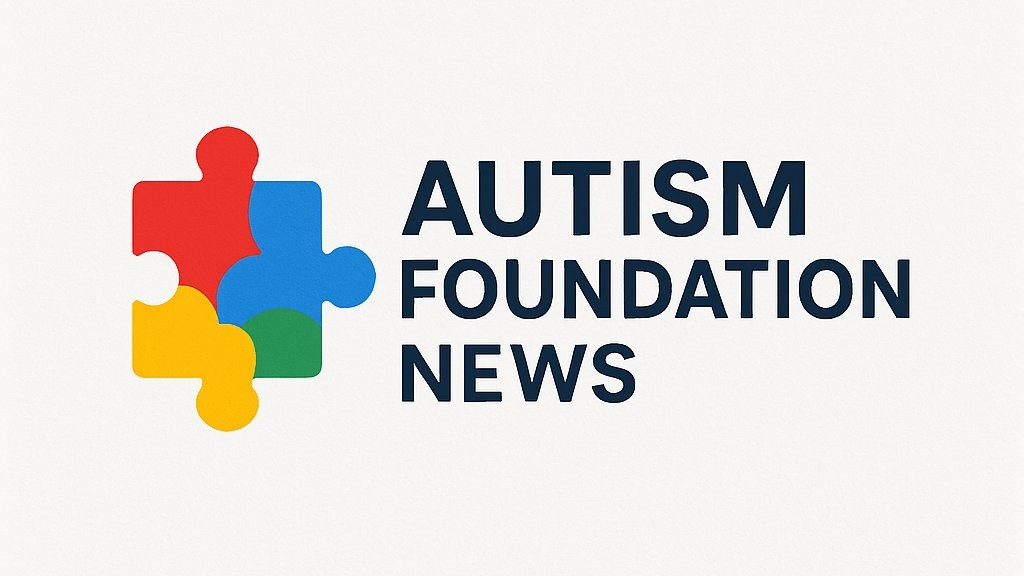
Unlocking Flow State: The Key to Mindful Engagement
In our fast-paced world, finding the elusive flow state can feel like a challenge, especially for individuals with autism, their families, and caregivers. However, cultivating presence can create joyful moments even amidst daily tasks. Flow is not just for athletes or artists; it can be experienced by anyone, including caregivers who find deep engagement in simple activities.
Understanding Flow and Its Importance
Flow, as defined by psychologist Mihaly Csikszentmihalyi, describes a psychological state where an individual is fully immersed in an activity, losing track of time and surroundings. While the average person often drifts into a mind-wandering state, flow requires both high engagement and an ideal balance between challenge and skill. This can be essential for individuals on the autism spectrum and their support systems as achieving flow can enhance well-being and satisfaction.
Practical Pathways to Achieve Flow
So how can individuals, particularly those with autism and their caregivers, tap into this state? Engaging in activities that match one's abilities and interests is crucial. For example, a caregiver and their child might find flow while doing an art project together, creating not only a bonding experience but cultivating mindful engagement. The goal is to seek experiences that organically foster this state, focusing on meaningful interactions that resonate.
Mindfulness: A Tool for Fostering Flow
Mindfulness is a powerful complementary practice that can serve as a gateway to flow. It encourages individuals to stay present, reducing distractions that often disrupt focus. For people with autism, using mindfulness techniques can help manage anxiety and improve engagement in daily tasks. Simple breathing exercises or short meditative moments can enhance self-awareness and pave the way to flow.
Flow-inducing Activities for Caregivers and Individuals with Autism
Some activities that might help induce flow include: creating a sensory-friendly environment for art projects, engaging in storytelling through reading together, or active routines like cooking that involve all family members. Iterative feedback from peers or family members can also boost engagement and fulfill the demand for social interaction that caregivers and those on the spectrum often thrive on, creating a cycle of creativity and joy.
Final Thoughts: Flow, Mindfulness, and Connection
The flow state doesn't have to be an abstract concept reserved for elite performers. It is a tangible experience that can enrich the lives of individuals with autism and their caregivers, fostering deep connections and shared joy. By inviting mindfulness practices into everyday activities, one can bridge the gap between mundane tasks and extraordinary moments of engagement.
As you embrace mindfulness and explore flow in your daily activities, remember that the journey is just as important as the destination. Take the time to celebrate small victories and the moments of connection that come from simply being present with each other.
 Add Row
Add Row  Add
Add 




Write A Comment